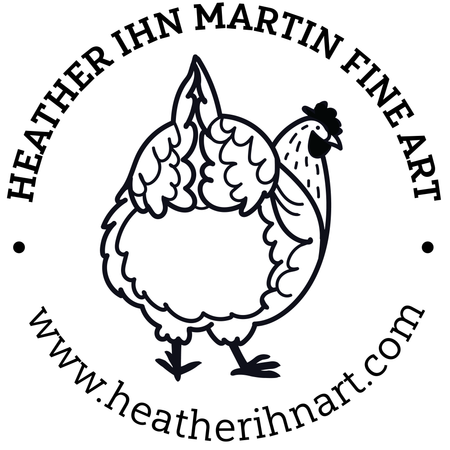What is gouache?
Gouache, rhymes with squash, and wash. When I started painting in it, I had the worst time spelling it, and nobody knew what it was anyway. So a simple trick, go- u - ache.
This medium is growing rapidly in popularity, but has been around for a loong time. It was commonly used in old advertisement illustrations, but I see it a lot now used with entertainment industry artists. I think art heroes like James Gurney, Mike Hernandez, and Nathan Fowkes (some of my personal favorites) helped it be come so popular.
Technically, it is opaque watercolors, and is thought of as a middle ground between acrylics and transparent watercolors. The reason it’s different from acrylics, is that you can rewet and activate the paint layers underneath. Unlike transparent colors, you don't have to keep the whites separate and you can be a more free about going from dark to light.
You can achieve a nice thick painterly look that seems like an oil painting, or you can use it as more of layered washes like a watercolor painting. It has a nice matte finish that is easily photographed, but should be protected under glass (with a mat or spacer between the glass and piece) once finished. I've heard of the rare few that varnish their gouache paintings but it will change the colors and values. I have yet to test it out on a scrap painting, but when I do, I'll share the results!
Most often I use it on cold press watercolor paper. Arches watercolor blocks are my personal favorite, but the prices can be difficult to swallow. A cheap and good alternative is the Strathmore Visual Journals (seen below). Some people choose hot press, or mixed media paper, there’s a lot of different surfaces that you can use. Just keep in mind that varnishing isn't typically done with gouache. I've heard of some people doing it with mixed results, but I have yet to try it out.

One of the artists’ biggest gripes about gouache is that the wet-to-dry values and colors drastically change and are fairly unpredictable. It took me a long time to be able to figure it out, and it’s still frustrating at time to time. You can lay down a thick pile of nearly black paint, turn around, and look back and see it’s dried to a medium grey. It works the reverse way as well, often the light colors dry darker and the dark colors dry lighter.
If you can endure this painful aspect, then you'll be rewarded with it’s benefits. Clean-up is a snap. Clothes are no longer stained, palettes are easily wiped off, and brushes stay in pristine shape even if you aren’t very good at caring for them. I don't feel bad about painting in nicer establishments, because I know I can easily wipe away any spilled paint. I love how portable it is, and you don’t have to worry about paint thinners or how dispose of paint rags. I don’t even need an easel and can plop down anywhere (preferably under shade because sunshine will dry out the paint faster).

I'd like to share my process and things that I've learned, so I’m building up courage to do a workshop. Stay tuned, and if you have any particular questions that I should address please leave them in the comments section!


1 comment
I was shaking my head with enthusiasm when you mentioned the color shift. As a new gouache user it’s a little maddening!
I had come here from your YouTube channel looking for info on your palette (brands and pigment) , would you mind pointing me in the right direction?
Thanks in advance!
Morgen Machen